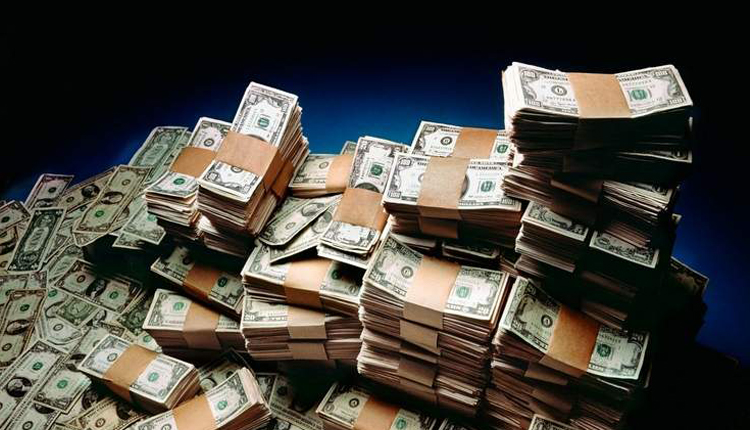Dollar fell on Friday against a basket of currencies, holding above a one-week low as a mixed report on the U.S. jobs market in August reinforced the view of a slowing expansion and the possibility of more interest rate cuts from the Federal Reserve.
Traders now await clues on the Fed’s next move after it embarked on its first rate cut since 2008 in July when Fed Chair Jerome Powell participates on a panel about the economy and monetary policy in Zurich, which begins at 12:30 p.m.
“The jobs data were sufficiently mixed,” said Marc Chandler, chief market strategist at Bannockburn Global Forex LLC in New York. “The market is not going to change its view of a rate cut later in September.”
The U.S. Labor Department said private and public employers hired 130,000 workers in July, fewer than the 158,000 forecast among economists polled by Reuters, while hourly wages grew 0.4 percent last month, a tad faster than the 0.3 percent increase projected by analysts.
Interest rate futures still implied traders positioned for a quarter-point rate decrease at the Fed’s Sept. 17-18 policy meeting, according to CME Group’s FedWatch programme.
An index that tracks the greenback against the euro, yen, sterling and three other currencies was 0.19 percent lower at 98.223 after hitting a one-week low of 98.085 on Thursday. The dollar index is on track for 0.67 percent decline, its steepest weekly loss since June.
The greenback lost ground against its rivals as global tensions receded this week, most notably with China and the United States agreeing to high-level trade talks in October.
Safe-haven bids for the dollar abated in response to political opposition to a no-deal Brexit and Hong Kong leader Carrie Lam’s withdrawal of an expedition bill that triggered months of violent protests.
“The world stared into the abyss this week, and it pulled back,” Chandler said. Still, global tensions have not dissipated, so there remain some underlying bids for the dollar and yen, he said.
The Japanese yen was up 0.18 percent versus the dollar and up 0.06 percent against the euro.
Meanwhile, riskier currencies are looking at weekly gains with improved investor sentiment. For example, the Australian dollar was up 0.53 percent at $0.6851, putting it on track for its first weekly increase since mid-July.
The Aussie dollar, whose fortunes are tied to the Chinese economy, was bolstered earlier by the People’s Bank of China’s move to cut banks’ reserve requirements for the first time this year. The Chinese currency in the offshore market extended gains and was trading up 0.37 percent against the greenback at 7.1118 yuan.
Source: Reuters



